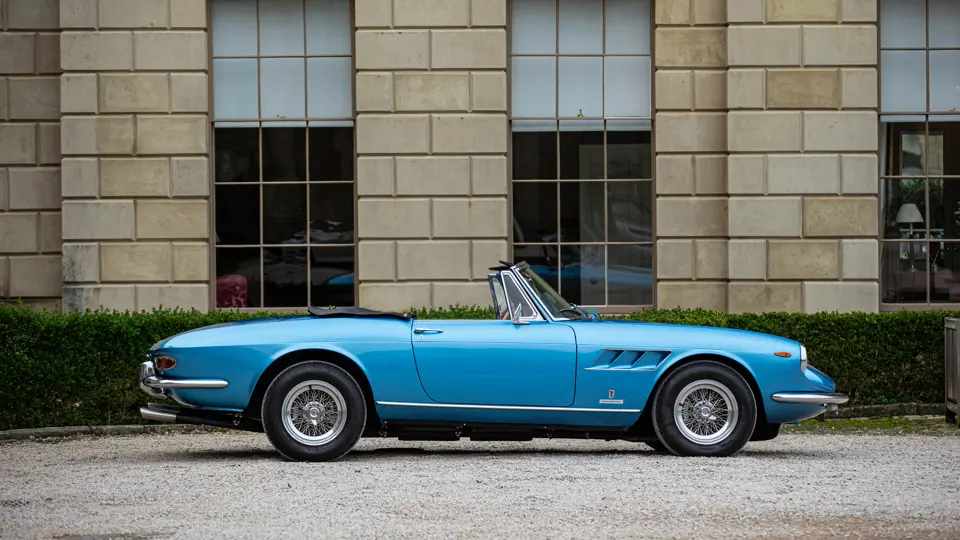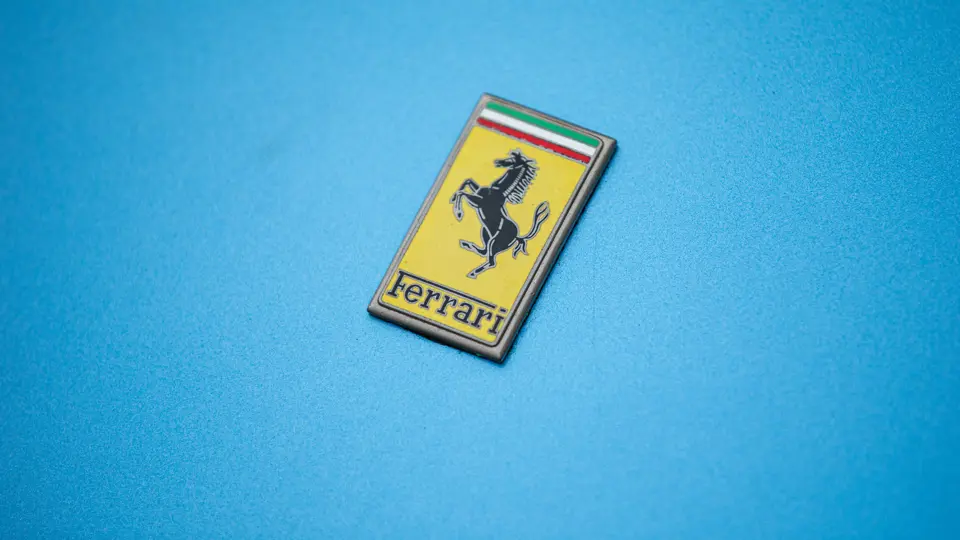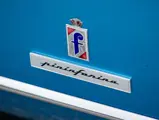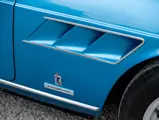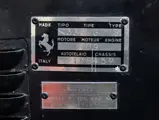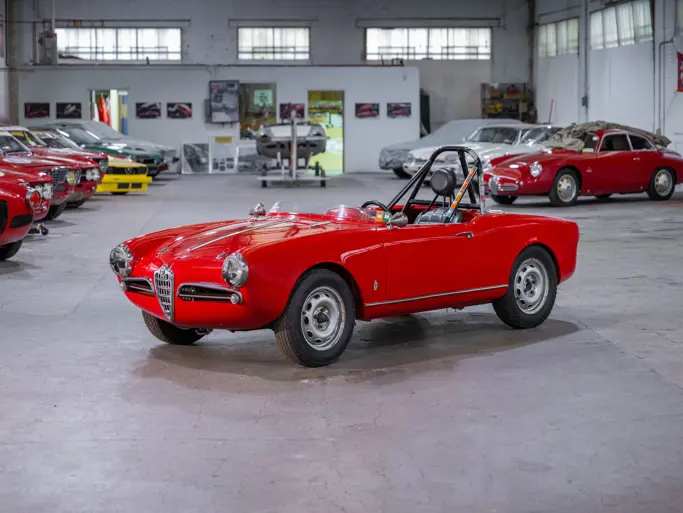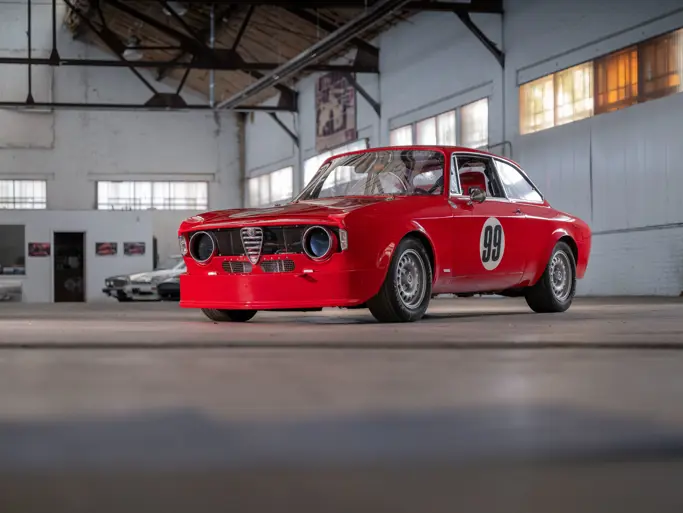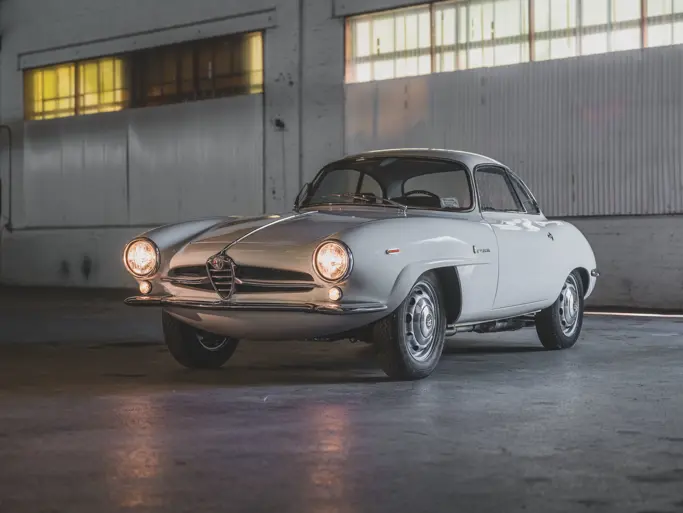
1967 Ferrari 330 GTS by Pininfarina
{{lr.item.text}}
£1,242,500 GBP | Sold
Offered from The Dee Collection
{{bidding.lot.reserveStatusFormatted}}
- Offered from The Dee Collection
- Arguably Ferrari’s most beautiful high-performance open-top car from the 1960s
- Agile and luxurious with 150 mph potential; powered by Maranello’s famed Colombo V-12 engine
- The 75th example of the 330 GTS made from a production run of 99 cars
- Delivered new to Belgium; subsequently taken to the USA and UK
- Left the factory in Grigio Argento over a Nero Franzi interior; now finished in an attractive shade of blue over tan leather, with a black soft-top
- Benefits from stunning body-off restoration performed by GTO Engineering over 2016 and 2017, with costs exceeding £120,000
- Certified by Ferrari Classiche in January 2018 and accompanied by its “Red Book”; confirms the car retains its matching-numbers engine
When the 330 GTC was unveiled at the 1966 Geneva Motor Show, it brought together some of the best elements of Ferrari’s engineering and design at the time. Its chassis and wheelbase were derived from the harder-core 275 GTB, yet its Colombo V-12 engine was plucked from the larger and more powerful 330 GT 2+2. The 330 GTC’s Pininfarina body then artfully blended the rear section of the 275 GTS with the elegant front-end styling of Ferrari’s pinnacle 500 Superfast model, complete with ovoid grille and sculptured quarter-bumpers. Compact, stylish, and menacingly fast, the 330 GTC was an instant hit for Maranello, with total production reaching 600 cars.
With the 275 GTS about to finish production, though, Ferrari also needed an open-topped sports car to replace it. The 330 GTC was the obvious starting point, and at the Paris Motor Show later in 1966, the 330 GTS was unveiled in “spider” form. Identical to the GTC in almost every way, the GTS was again penned by Pininfarina, and manufactured at its Turin works before being delivered to Ferrari for powertrain installation. Displacing 3,967 cc, the GTS’s classic 60-degree V-12, with wet-sump lubrication, used single-overhead cams on each of its cylinder banks, with fuel delivered by three twin-choke Weber 40 carburettors. Power was prodigious: 300 brake horsepower at 7000 rpm and 244 lb ft of torque at 5,000 rpm was enough to propel the GTS from 0 to 60mph in 6.9 seconds (Road & Track, August 1968), and on to a claimed top speed of 150 mph.
Sharing much of its componentry with the later, revised 275 models brought plenty of technical sophistication, too. A torque tube aligned the engine precisely with a rear, five-speed transaxle, which in itself apportioned weight more evenly along the chassis, gifting the spider with exquisite handling balance. Suspension was independent all-round, with unequal-length wishbones, coil springs over Koni shock abosorbers, and anti-roll bars, front and rear.
The GTS was, however, a superb open-top grand routier. Its fabric roof was secured by two over-centre clips on top of its screen-rail, and when folded down into the recess behind the cockpit, a vinyl cover protected the mechanism and kept things neat and tidy. All that was left was for the GTS’s occupants to then savour the sonorous wail of Ferrari’s glorious V-12. As Road & Track noted in its August 1968 road test of the 330 GTS: ‘Ferrari continues to progress towards the perfect sports car. The 330 GTS is not just a wonderful, exciting open roadster but also a comfortable everyday car that doesn’t mind being driven to the supermarket.’
Chassis 10845 was built in 1967, and first registered in January 1968 after being delivered new to Belgium. As a later model (the 99-car production run started at chassis 08899 and finished at 11713) this, the 75th GTS produced, has a single oil cooler, replacing the earlier twin coolers, and a modified fuel delivery system. It was ordered in Grigio Argento with Nero Franzi leather trim, and delivered with 14-inch Borrani wire wheels, replacing the standard 10-hole Campagnolo alloys, and a very rare factory hardtop.
After its stay with its first owner, the car was sold by Garage Francorchamps to George Frochen, in Texas, USA in September 1972. The GTS then spent the next 32 years in the States. In 1976, it was sold by a Chicago dealer to a new Illinois-based owner, who kept the car until June 1985, eventually selling it, fitted with a new transaxle, but retaining its original paint and trim. From there, the GTS headed west to Modena Imports in West Hollywood, who sold the car in September that year, then painted red, but still with black trim. In 1991, the car found a new owner in California after being sold by Ferrari Los Gatos, its interior now retrimmed in tan leather. After one more keeper in California, the GTS moved to Colorado in 1998, where it completed three Copperstate 1000 runs, before being imported to the UK in 2004. Purchased by Michael Cowdray, the GTS was sent to marque specialists GTO Engineering for a complete engine rebuild. Around this time, the car was repainted in its current medium blue metallic colour. Between 2004 and 2012 the car was used sparingly, only covering around 2,000 miles, before returning to GTO for a brake and suspension overhaul, new tyres, and for the Borrani wheels to be refurbished.
In April, 2012 the GTS was offered for sale once more and purchased by the consigning owner from the respected Ferrari dealer, Talacrest, in need of restoration and presenting with a Crema interior. Under the guidance of the vendor, the interior was reupholstered with the tan leather it is presented in today. The 330 GTS returned to GTO Engineering for more comprehensive body-off restoration work, completed over 2016 and 2017 with costs exceeding £120,000 (invoices available to view on file). The Ferrari has been entered into rallies and driving events by the consignor, who claims to have used it lightly since its restoration work.
In January 2018, the 330 GTS gained certification from Ferrari Classiche. The car’s accompanying “Red Book” (available to view on file) confirms that chassis 10845 retains its matching-numbers engine, though its gearbox is a correct-type replacement unit. Further to its Classiche documents, the car is also accompanied by a Certificate of Authenticity issued by Ferrari Classiche. The 330 GTS is offered with an impressive history file painstakingly curated by its consigning owner.
Few automotive experiences can top driving a 12-cylinder Ferrari with the top down. As a model intended for crossing continents at high speed, each additional mile is sure to be better than the last. A stunning example benefitting from its last restoration, this 330 GTS would be the perfect fair-weather tourer or concours participant, sure to only attract the most favourable of compliments.




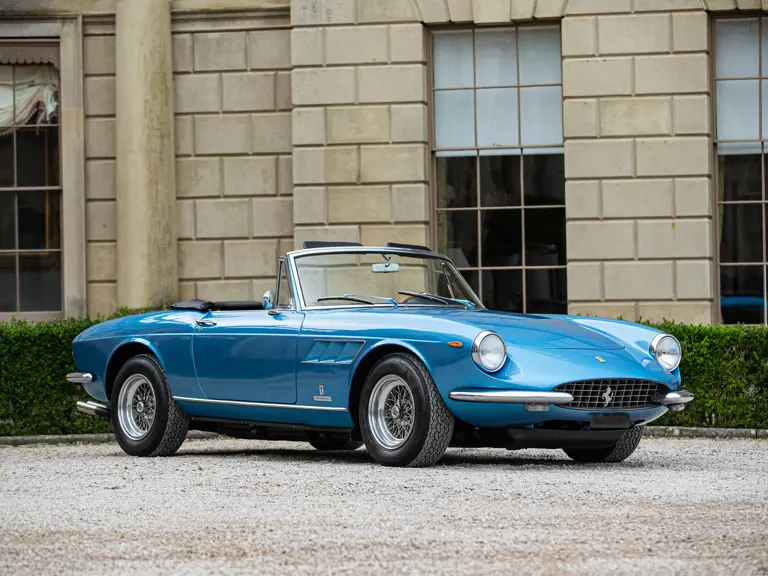


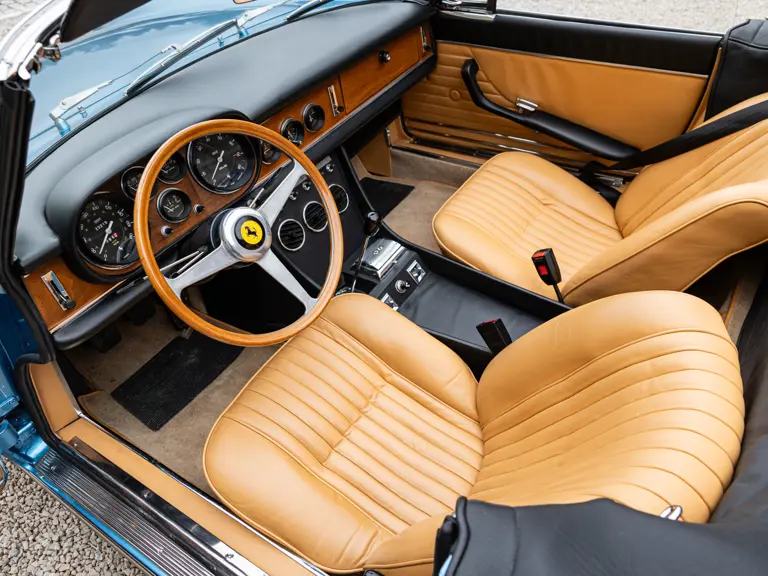
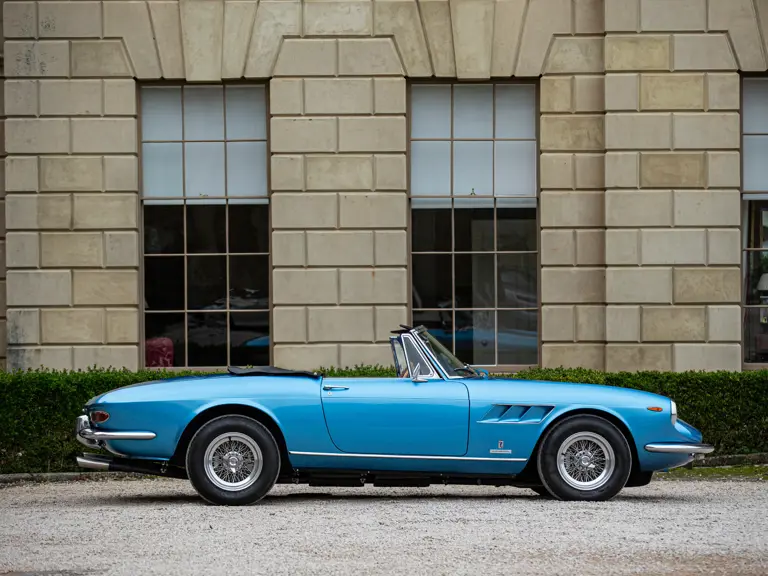
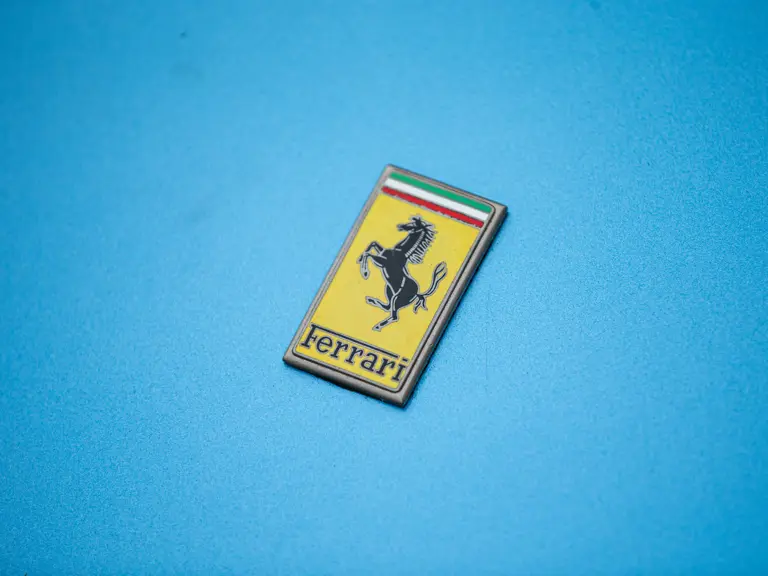
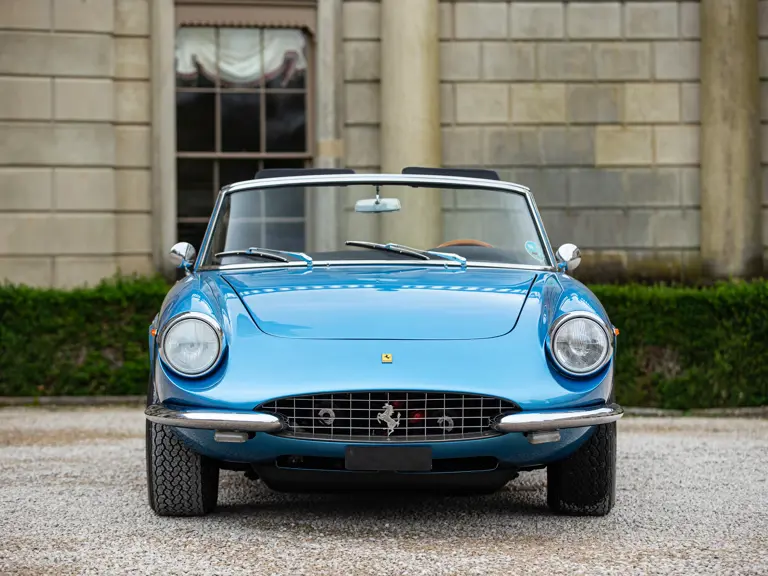


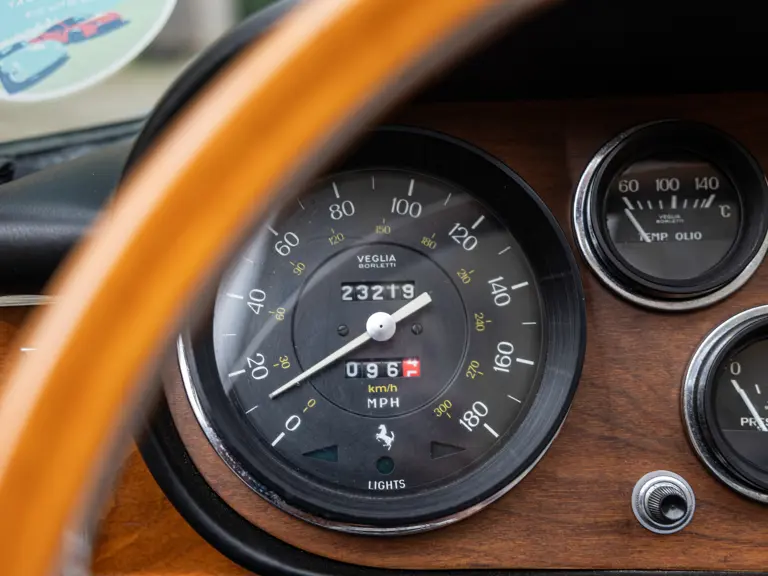

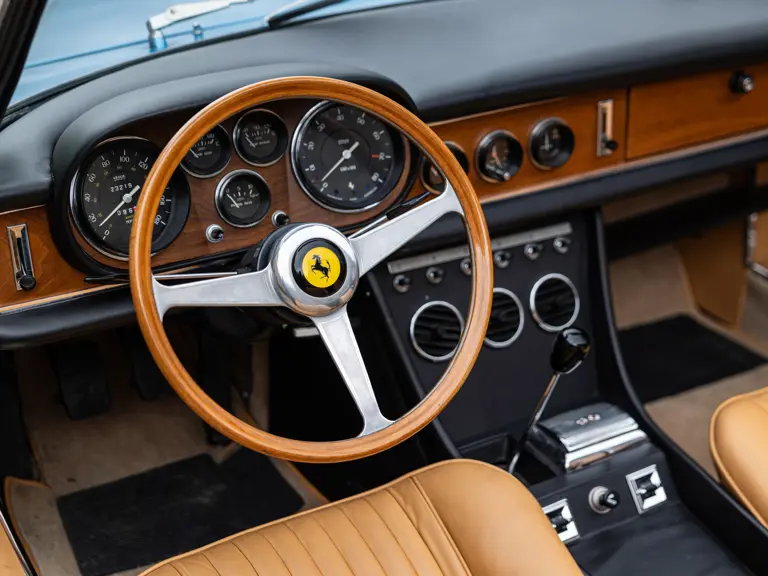
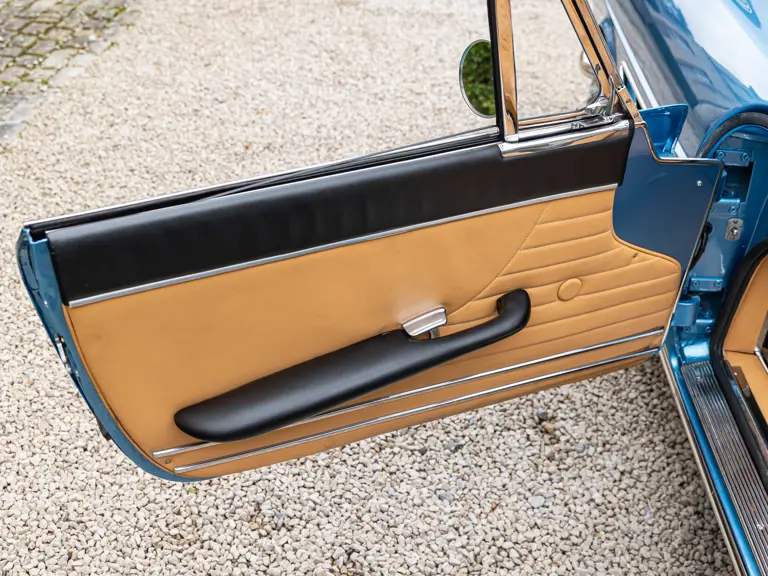


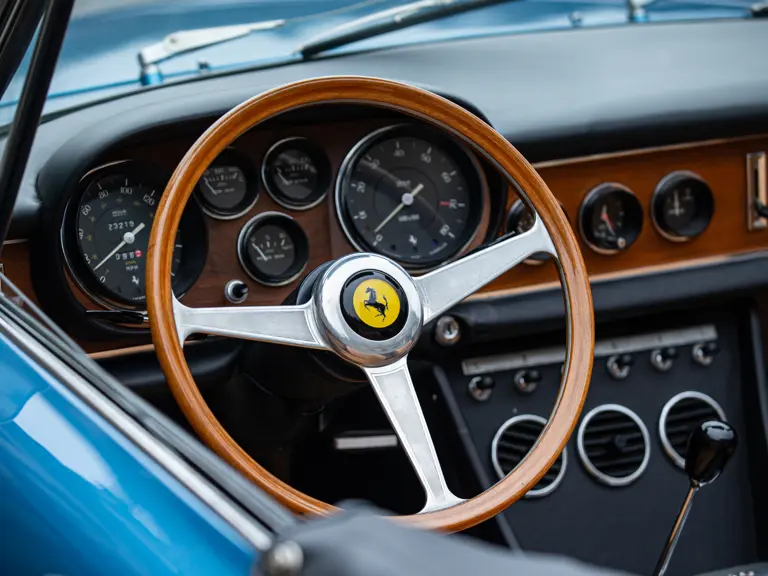




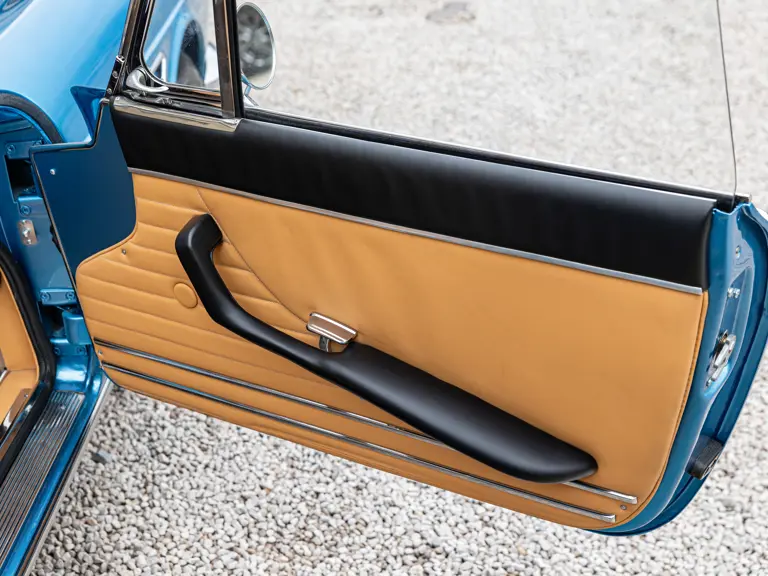
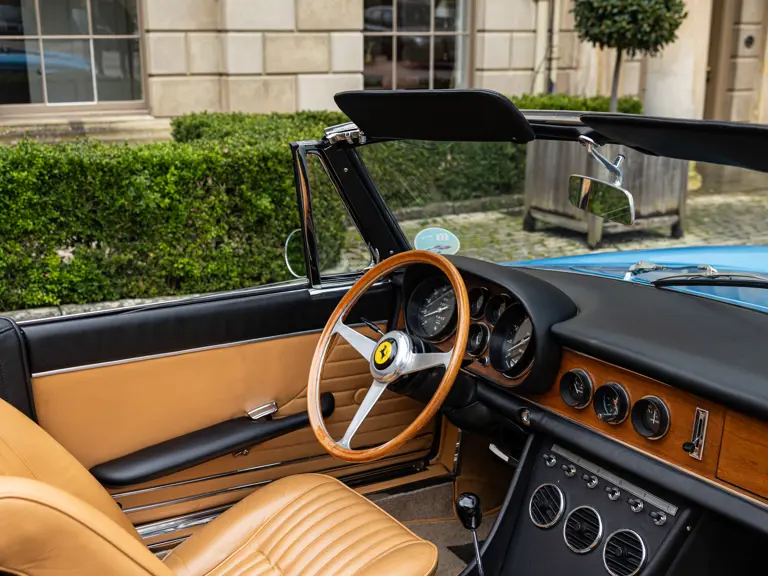
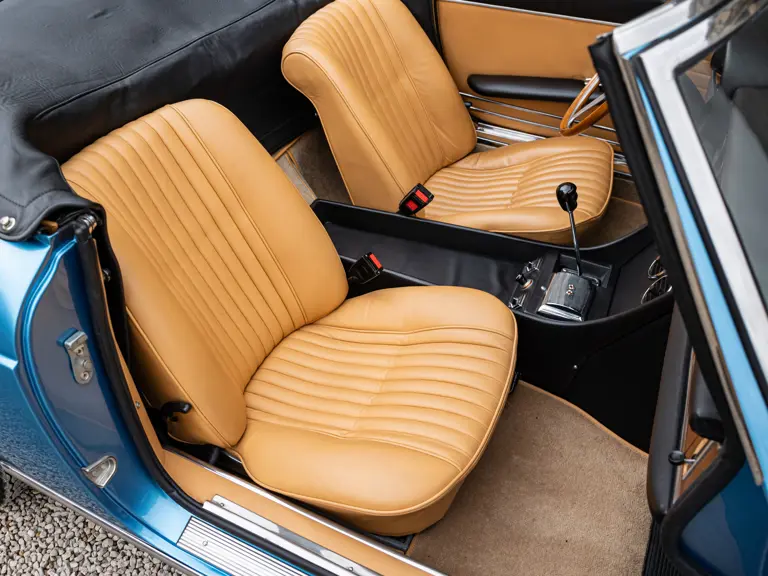

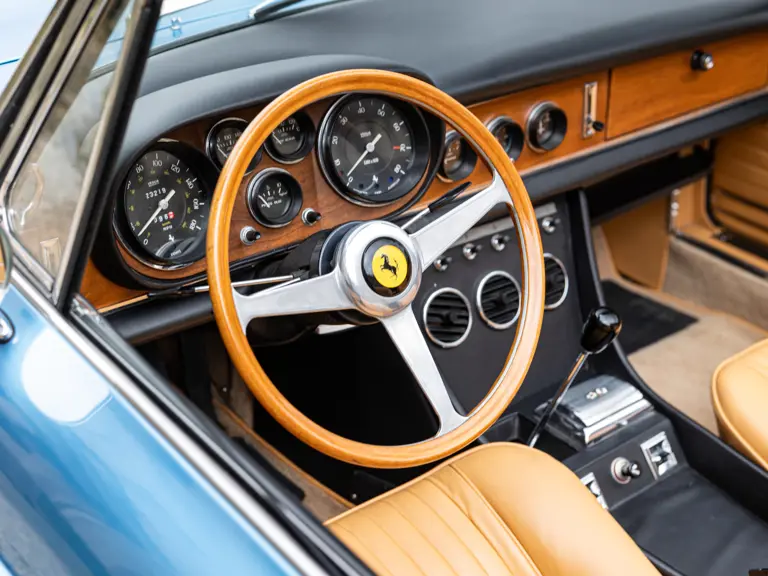

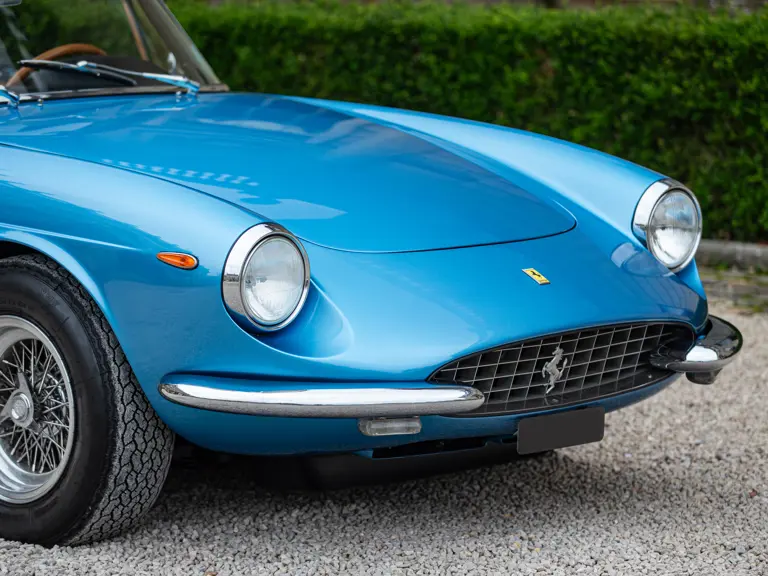



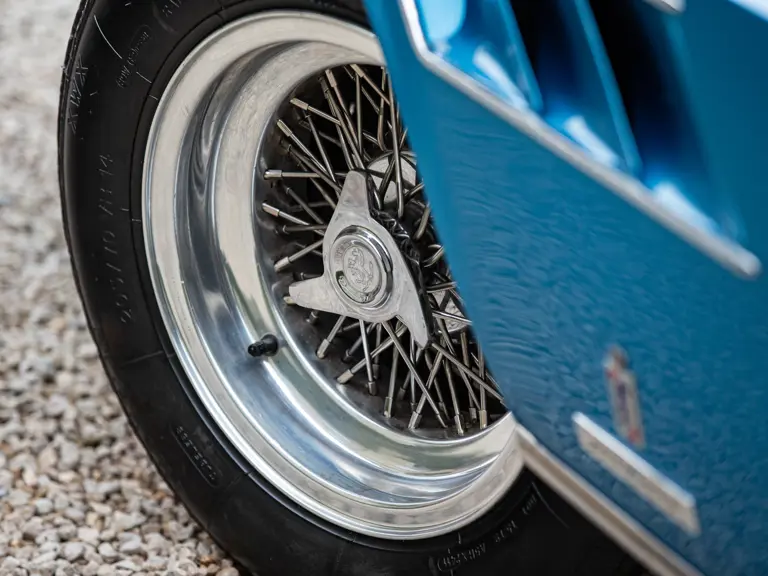
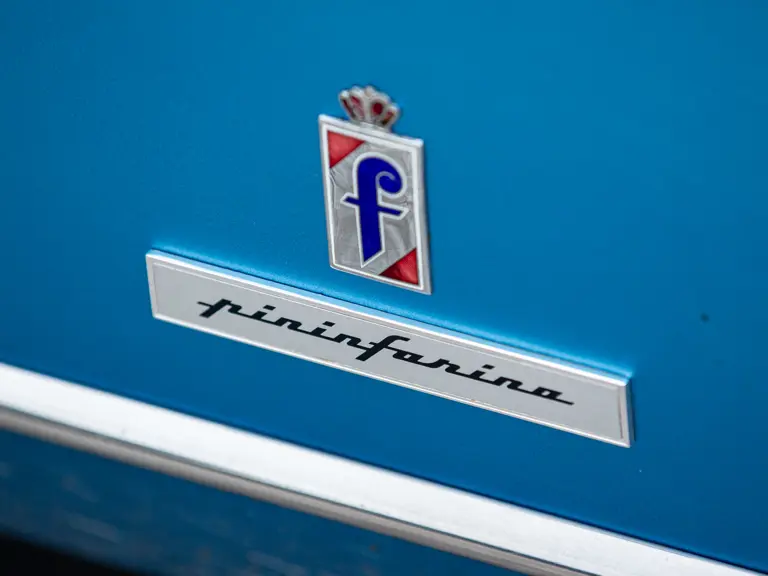
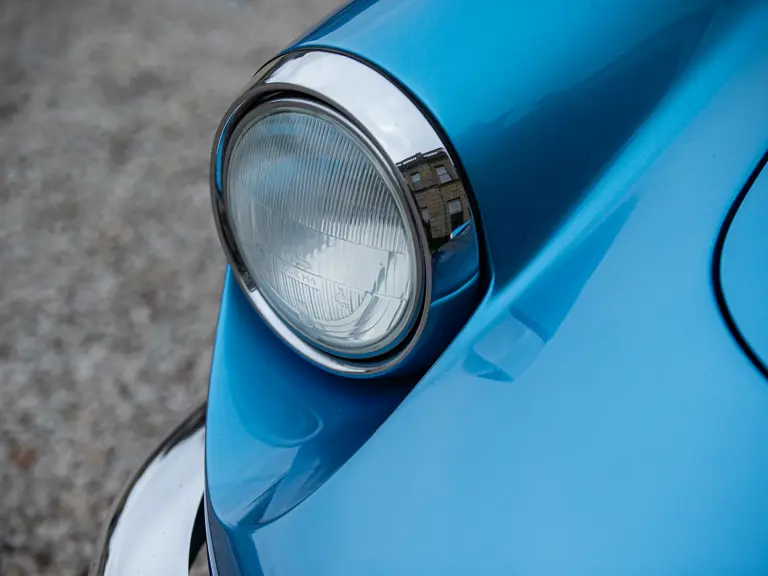
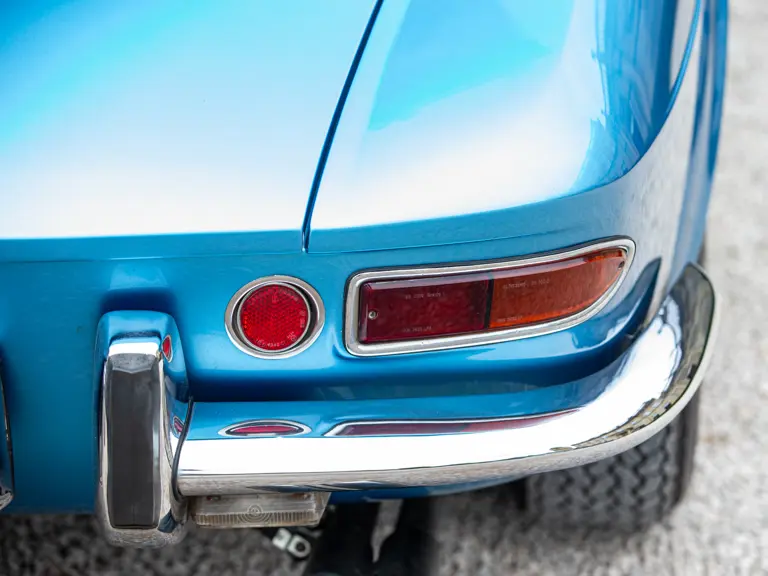

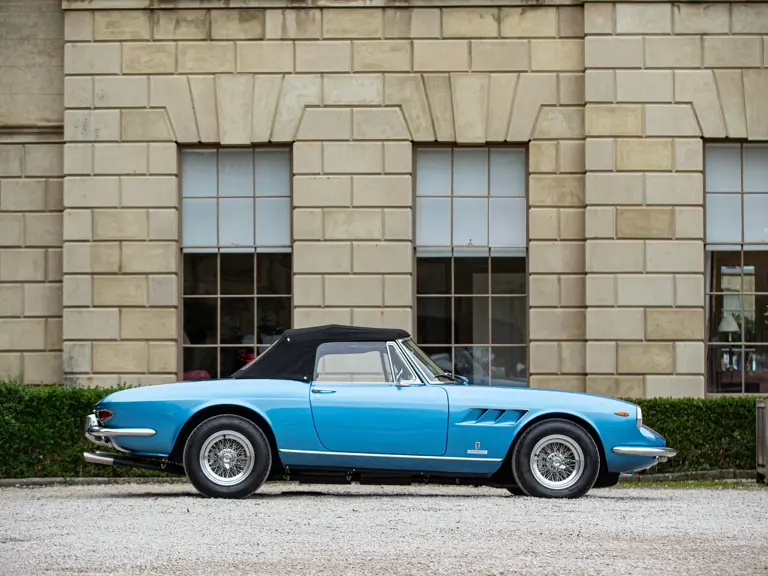
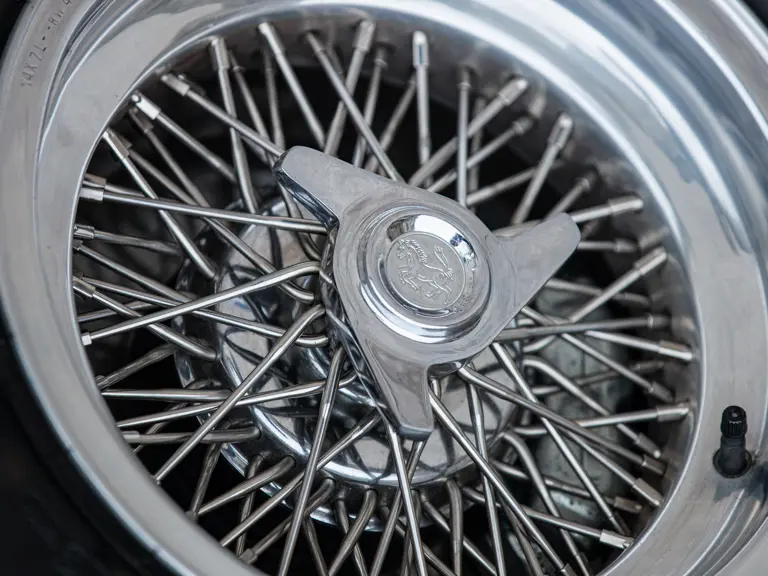
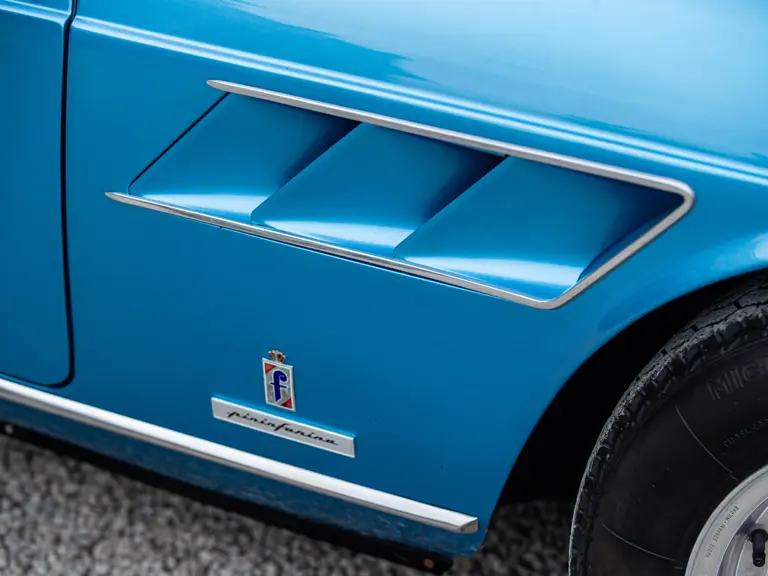


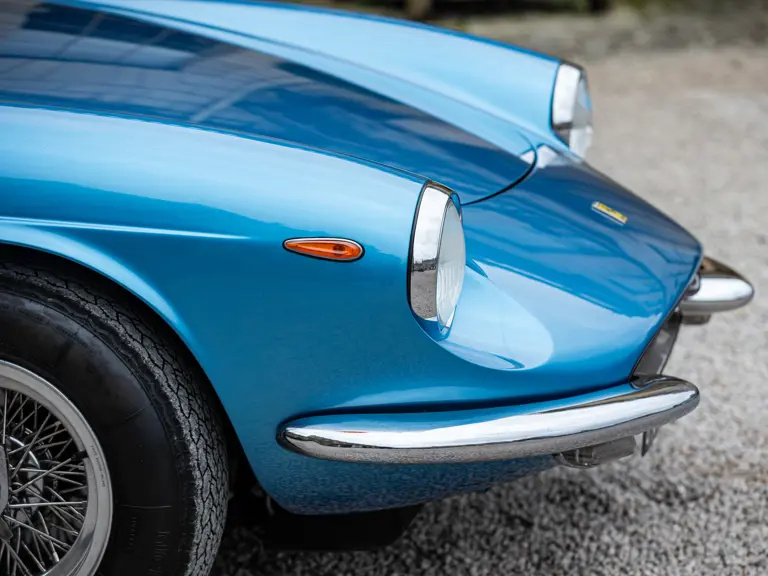

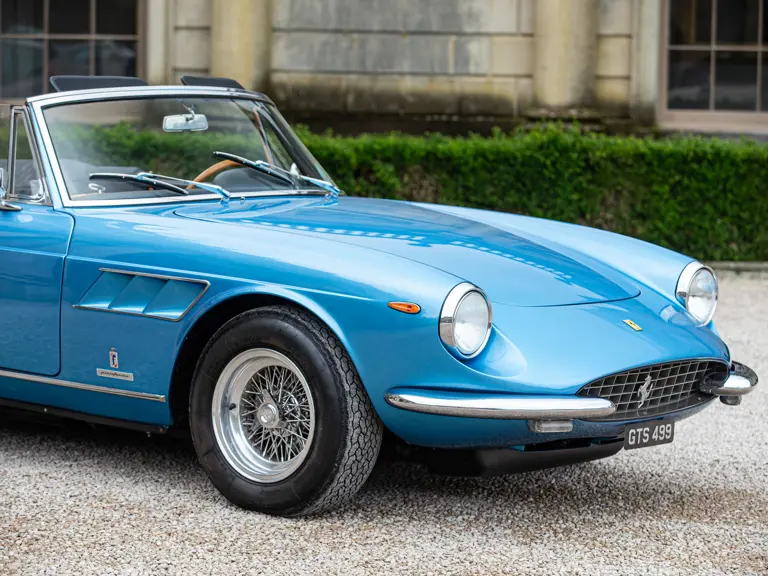
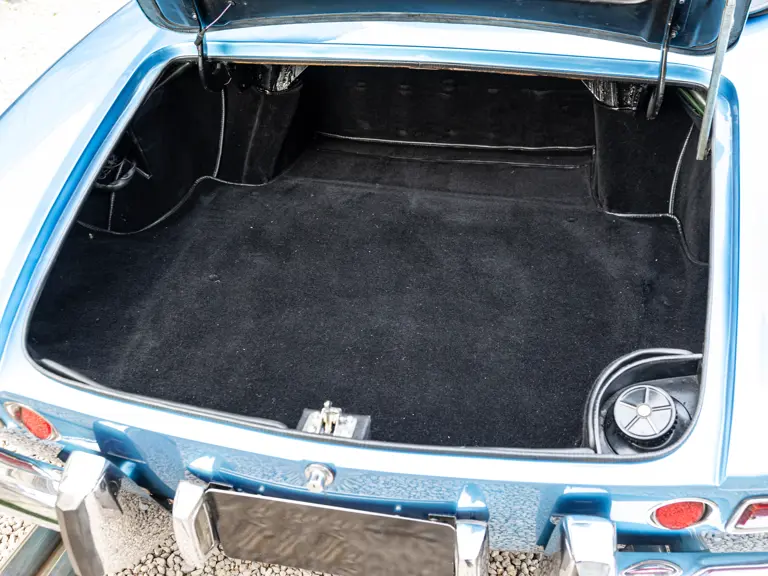
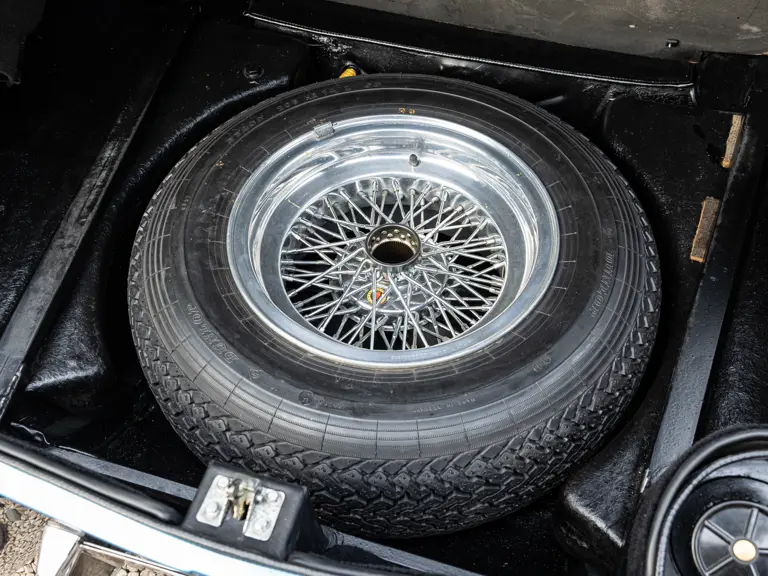
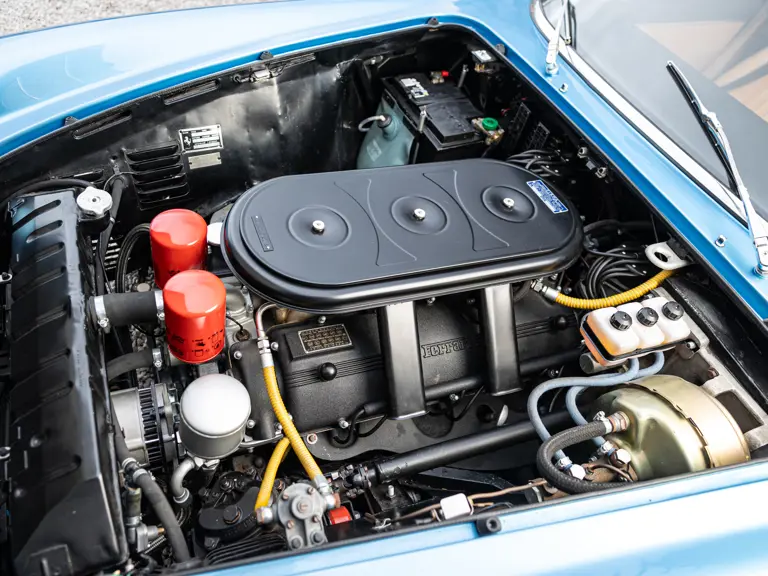
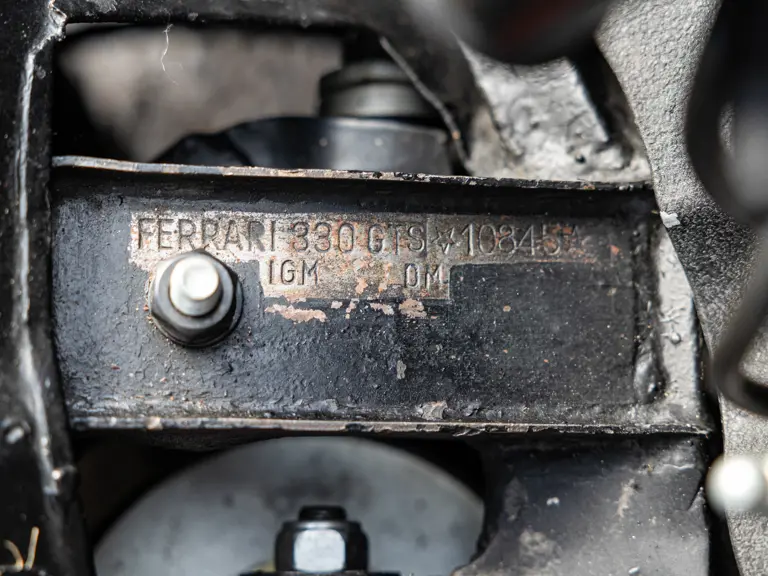
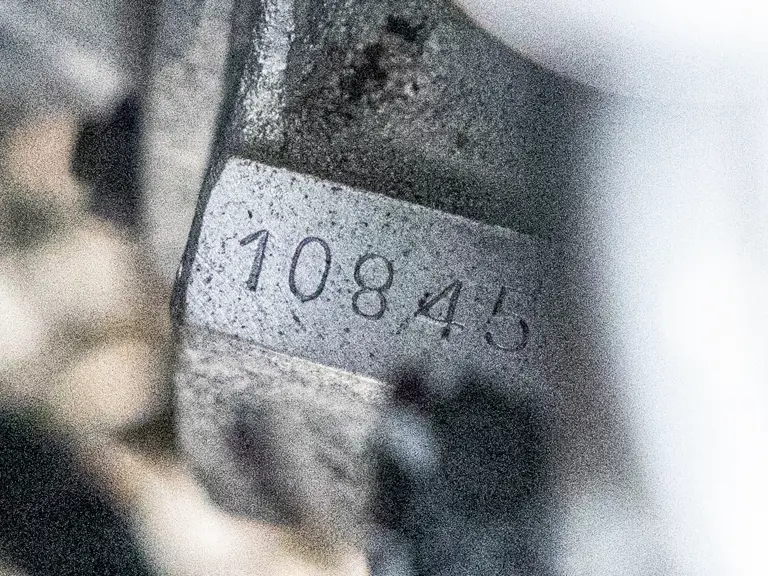
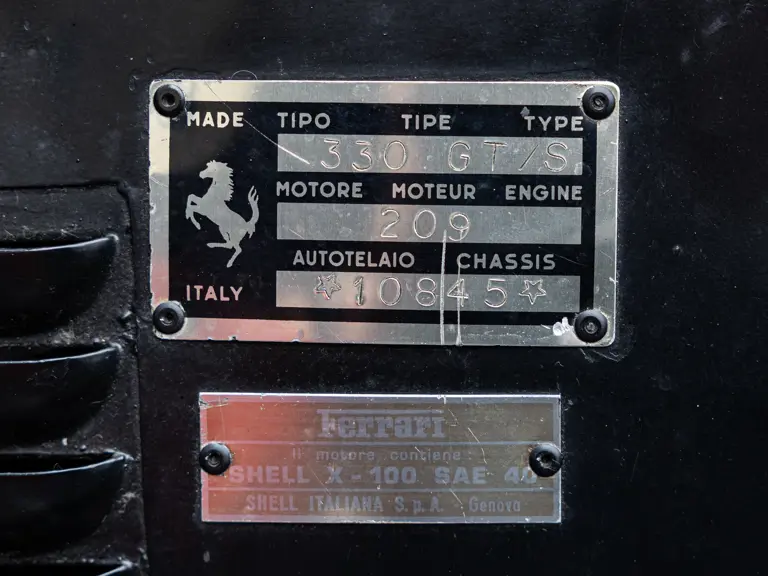
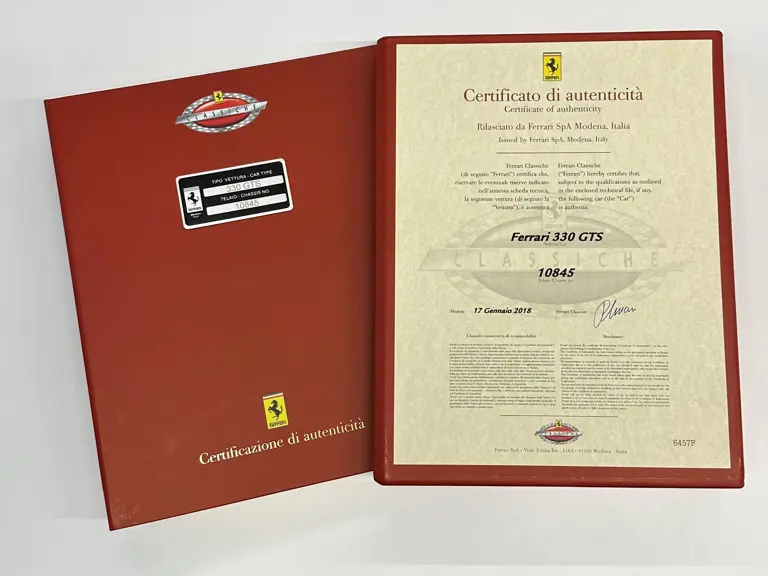
 | Taplow, Berkshire, United Kingdom
| Taplow, Berkshire, United Kingdom
